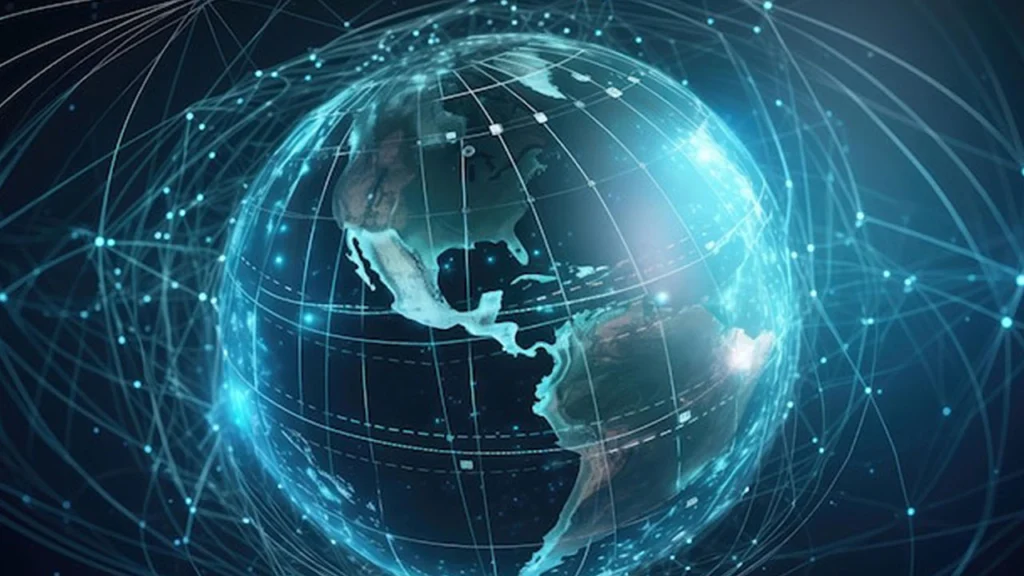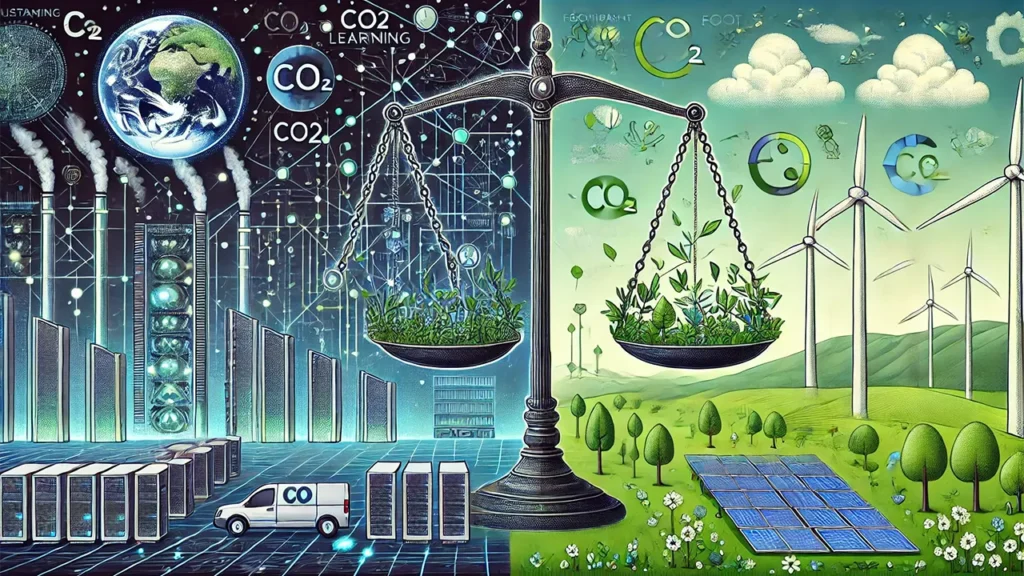Table of Contents
The intersection of AI, sustainability and cybersecurity
In the quest to safeguard our planet, a powerful triumvirate has emerged, combining the forces of Artificial Intelligence (AI), sustainability, and cybersecurity. This triple threat holds the potential to revolutionize the way we approach environmental challenges, paving the path towards a greener and more secure future. As you delve into this article, you will discover how these three pillars intertwine, unlocking innovative solutions that could reshape our world.
The role of Artificial Intelligence in promoting sustainability
Artificial Intelligence has proven to be a game-changer in the realm of sustainability, offering unprecedented opportunities to tackle environmental issues head-on. Through its ability to process vast amounts of data and identify intricate patterns, AI can provide invaluable insights that drive informed decision-making and pave the way for eco-friendly practices.
- AI-powered solutions for environmental conservation: AI algorithms can analyze satellite imagery, sensor data, and other environmental data to monitor deforestation, track wildlife populations, and identify areas in need of preservation. This invaluable information empowers conservationists and policymakers to make data-driven decisions, ensuring the protection of our planet’s biodiversity and natural resources.
- Leveraging AI to optimize energy consumption: Energy consumption is a significant contributor to greenhouse gas emissions and environmental degradation. AI plays a pivotal role in optimizing energy usage by predicting demand patterns, managing smart grids, and improving the efficiency of renewable energy systems. By harnessing AI’s predictive capabilities, we can minimize energy waste and accelerate the transition towards sustainable energy sources.
- AI-driven innovations for waste management and recycling: Effective waste management and recycling are crucial components of a sustainable future. AI-powered systems can streamline waste sorting processes, identify recyclable materials with precision, and optimize recycling logistics. Additionally, AI can aid in the development of innovative materials and products that reduce waste generation from the outset.
State of cybersecurity in 2023 and beyond
The cybersecurity landscape is constantly evolving. The report State of Cybersecurity in 2023 and Beyond provides three infographics offering a comprehensive overview of developments and key insights across the regions of Global, Europe, and Oceania, highlighting both regional differences and shared challenges.
The importance of cybersecurity in sustainable AI development
While AI offers tremendous potential for sustainability, its effective deployment hinges on robust cybersecurity measures. Ensuring data privacy and security is paramount to safeguarding AI systems and preventing malicious actors from exploiting vulnerabilities.
- Ensuring data privacy and security in AI applications
AI systems rely heavily on data, often involving sensitive information about individuals, communities, and the environment. Implementing robust cybersecurity protocols, such as encryption, access controls, and secure data storage, is essential to protect this valuable data from unauthorized access or manipulation. - Cybersecurity challenges in the era of AI and sustainability
As AI systems become more complex and interconnected, the attack surface expands, increasing the risk of cyber threats. Malicious actors may attempt to compromise AI systems for financial gain, sabotage, or other nefarious purposes. Addressing these challenges requires a proactive approach, including regular security assessments, threat monitoring, and incident response planning. - Collaborative efforts for a secure and sustainable future
Achieving a secure and sustainable future necessitates a collaborative effort among stakeholders, including governments, industries, academia, and civil society organizations. By fostering cross-sector partnerships and knowledge-sharing, we can collectively develop best practices, standards, and frameworks to mitigate cybersecurity risks while leveraging the full potential of AI for sustainability.
The triple threat for a better tomorrow
The convergence of AI, sustainability, and cybersecurity presents a powerful opportunity to reshape our world for the better. By harnessing the transformative capabilities of AI while prioritizing sustainability and cybersecurity, we can unlock innovative solutions that address pressing environmental challenges. However, this journey requires a collective commitment from all stakeholders, embracing a holistic approach that balances technological advancements with responsible stewardship of our planet’s resources.
Join the movement towards a sustainable and secure future by exploring AI-powered solutions for environmental conservation, energy optimization, and waste management. Stay informed about the latest developments in this rapidly evolving field by subscribing to our newsletter and following us on social media. Together, we can harness the power of the triple threat to create a better tomorrow for generations to come.
Literature
- How Cybersecurity and Sustainability Intersect: https://www.informationweek.com/cyber-resilience/how-cybersecurity-and-sustainability-intersect
- How artificial intelligence is helping tackle environmental challenges: https://www.unep.org/news-and-stories/story/how-artificial-intelligence-helping-tackle-environmental-challenges
- Cybersecurity, Privacy, and AI: https://www.nist.gov/itl/applied-cybersecurity/cybersecurity-privacy-and-ai
- AI in conservation: Where we came from — and where we are heading: https://www.weforum.org/stories/2024/03/ai-in-conservation-where-we-came-from-and-where-we-are-heading/




